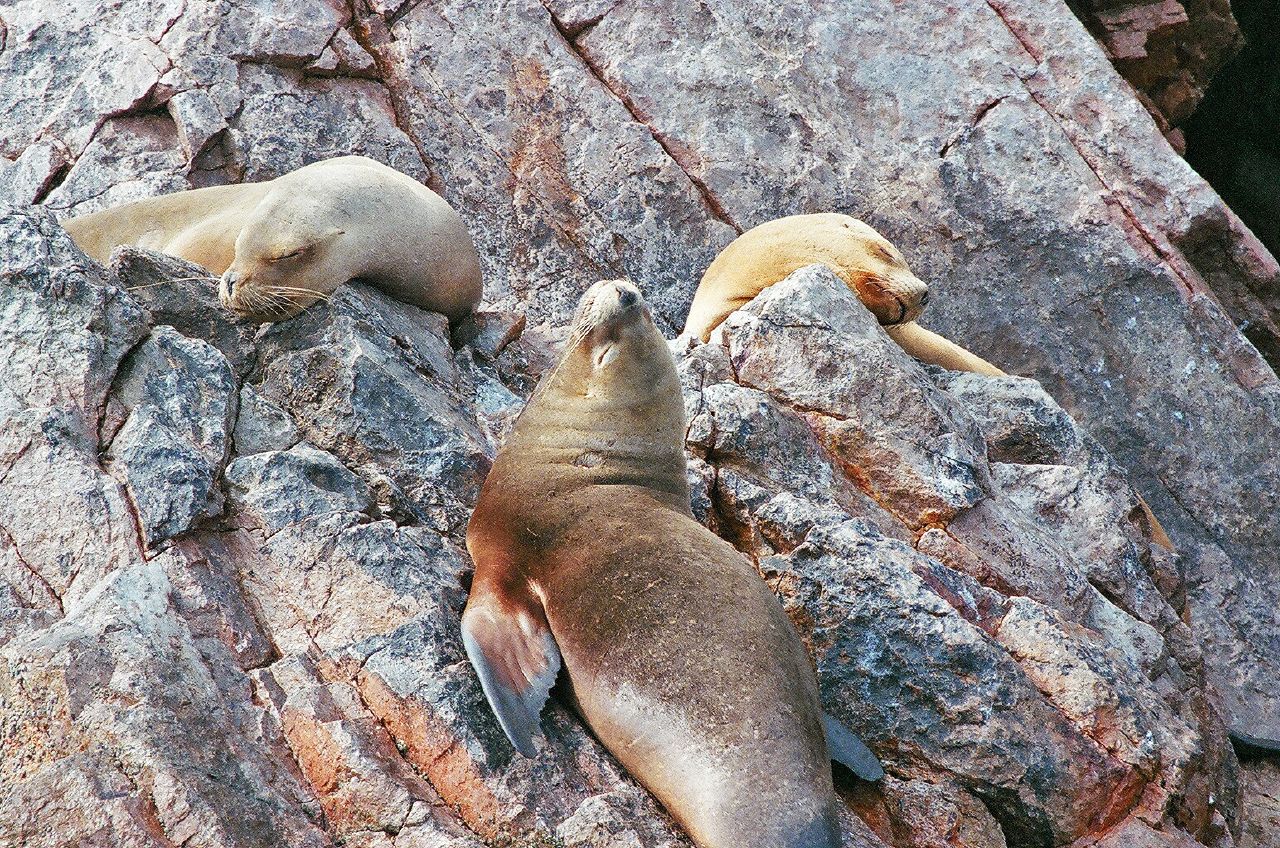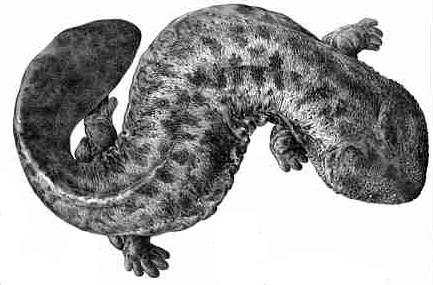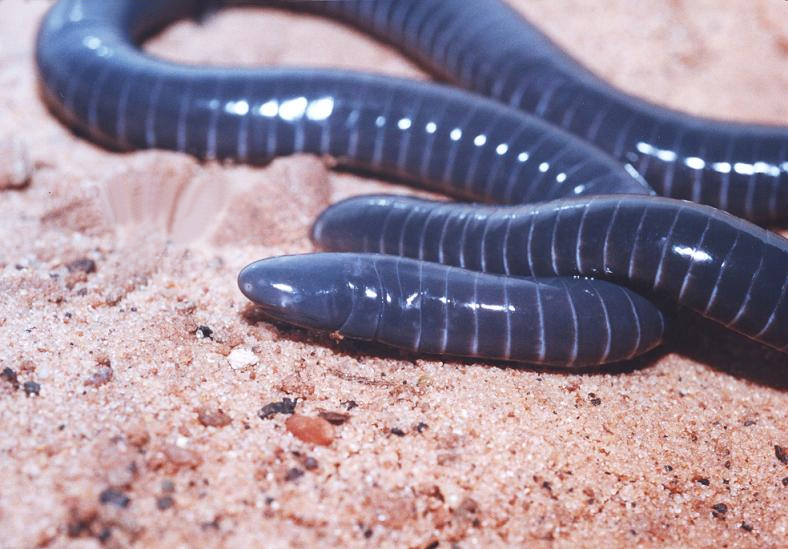|
Rhaebo Guttatus
The smooth-sided toad or spotted toad (''Rhaebo guttatus''), formerly known as ''Bufo guttatus'', is a species of toad in the family Bufonidae. It is found in the Amazonian Bolivia, Brazil, Colombia, Ecuador, Peru, and Venezuela, as well as the Guianas (French Guiana, Guyana, and Suriname). Specimens from southern Peru, Bolivia, and Brazil might represent ''Rhaebo ecuadorensis'' described in 2012. Description Males growth to about snout–vent length. Females are larger, at up to , possibly even , in snout–vent length. The dorsal color is cream colored or very light brown to reddish brown. The belly is a darker shade. The species has a characteristically prominent preocular ridge that is present even in juveniles. The smooth sided toad secretes a toxin from a gland behind their eyes known as a bufotoxin, it has been known to cause heart failure in humans if ingested. This toxin is the toad's main line of defense against predators. Habitat and conservation Its natural habita ... [...More Info...] [...Related Items...] OR: [Wikipedia] [Google] [Baidu] |
Johann Gottlob Schneider
Johann Gottlob Theaenus Schneider (18 January 1750 – 12 January 1822) was a German classicist and naturalist. Biography Schneider was born at Collm in Saxony. In 1774, on the recommendation of Christian Gottlob Heine, he became secretary to the famous Strasbourg scholar Richard François Brunck, and in 1811, became professor of ancient languages and eloquence at Breslau (chief librarian, 1816) where he died in 1822. Works Of his numerous works the most important was his ''Kritisches griechisch-deutsches Handwörterbuch'' (1797–1798), the first independent work of the kind since Stephanus's ''Thesaurus'', and the basis of F. Passow's and all succeeding Greek lexicons (including, therefore, the contemporary standard ''A Greek-English Lexicon''). A special improvement was the introduction of words and expressions connected with natural history and science. In 1801, he corrected and expanded re-published Marcus Elieser Bloch's ''Systema Ichthyologiae iconibus cx illustratu ... [...More Info...] [...Related Items...] OR: [Wikipedia] [Google] [Baidu] |
Habitat
In ecology, habitat refers to the array of resources, biotic factors that are present in an area, such as to support the survival and reproduction of a particular species. A species' habitat can be seen as the physical manifestation of its ecological niche. Thus "habitat" is a species-specific term, fundamentally different from concepts such as Biophysical environment, environment or vegetation assemblages, for which the term "habitat-type" is more appropriate. The physical factors may include (for example): soil, moisture, range of temperature, and Luminous intensity, light intensity. Biotic index, Biotic factors include the availability of food and the presence or absence of Predation, predators. Every species has particular habitat requirements, habitat generalist species are able to thrive in a wide array of environmental conditions while habitat specialist species require a very limited set of factors to survive. The habitat of a species is not necessarily found in a ge ... [...More Info...] [...Related Items...] OR: [Wikipedia] [Google] [Baidu] |
Amphibians Of Venezuela
Amphibians are ectothermic, anamniote, anamniotic, tetrapod, four-limbed vertebrate animals that constitute the class (biology), class Amphibia. In its broadest sense, it is a paraphyletic group encompassing all Tetrapod, tetrapods, but excluding the amniotes (tetrapods with an amniotic membrane, such as modern reptiles, birds and mammals). All extant taxon, extant (living) amphibians belong to the monophyletic subclass (biology), subclass Lissamphibia, with three living order (biology), orders: Anura (frogs and toads), Urodela (salamanders), and Gymnophiona (caecilians). Evolved to be mostly semiaquatic, amphibians have adapted to inhabit a wide variety of habitats, with most species living in freshwater ecosystem, freshwater, wetland or terrestrial ecosystems (such as riparian woodland, fossorial and even arboreal habitats). Their biological life cycle, life cycle typically starts out as aquatic animal, aquatic larvae with gills known as tadpoles, but some species have devel ... [...More Info...] [...Related Items...] OR: [Wikipedia] [Google] [Baidu] |
Amphibians Of Suriname
Amphibians are ectothermic, anamniotic, four-limbed vertebrate animals that constitute the class Amphibia. In its broadest sense, it is a paraphyletic group encompassing all tetrapods, but excluding the amniotes (tetrapods with an amniotic membrane, such as modern reptiles, birds and mammals). All extant (living) amphibians belong to the monophyletic subclass Lissamphibia, with three living orders: Anura (frogs and toads), Urodela (salamanders), and Gymnophiona (caecilians). Evolved to be mostly semiaquatic, amphibians have adapted to inhabit a wide variety of habitats, with most species living in freshwater, wetland or terrestrial ecosystems (such as riparian woodland, fossorial and even arboreal habitats). Their life cycle typically starts out as aquatic larvae with gills known as tadpoles, but some species have developed behavioural adaptations to bypass this. Young amphibians generally undergo metamorphosis from an aquatic larval form with gills to an air-breathing a ... [...More Info...] [...Related Items...] OR: [Wikipedia] [Google] [Baidu] |
Frogs Of Peru
Peru has some of the greatest biodiversity in the world. It belongs to the select group of mega diverse countries because of the presence of the Andes, Amazon rainforest, and the Pacific Ocean. It has the fourth-most tropical forests of any country and the ninth-most forest area. The country is ranked among the five countries with the greatest biodiversity in the world according to various studies. Natural protected areas The 1993 Constitution of Peru recognized the natural resources and ecosystems of Peru as part of its heritage. In 1999, the National System of Natural Areas Protected by the State () was established by the Peruvian government. SINANPE consists of natural areas under national administration, managed and overseen by the National Service of Natural Protected Areas by the State (SERNANP). They also created a map of protection and preservation of historical–cultural heritage and nature. Peru has 76 natural protected areas (more of 15% of the country surface are ... [...More Info...] [...Related Items...] OR: [Wikipedia] [Google] [Baidu] |
Amphibians Of Guyana
Amphibians are ectothermic, anamniotic, four-limbed vertebrate animals that constitute the class Amphibia. In its broadest sense, it is a paraphyletic group encompassing all tetrapods, but excluding the amniotes (tetrapods with an amniotic membrane, such as modern reptiles, birds and mammals). All extant (living) amphibians belong to the monophyletic subclass Lissamphibia, with three living orders: Anura (frogs and toads), Urodela (salamanders), and Gymnophiona (caecilians). Evolved to be mostly semiaquatic, amphibians have adapted to inhabit a wide variety of habitats, with most species living in freshwater, wetland or terrestrial ecosystems (such as riparian woodland, fossorial and even arboreal habitats). Their life cycle typically starts out as aquatic larvae with gills known as tadpoles, but some species have developed behavioural adaptations to bypass this. Young amphibians generally undergo metamorphosis from an aquatic larval form with gills to an air-breathing a ... [...More Info...] [...Related Items...] OR: [Wikipedia] [Google] [Baidu] |
Amphibians Of Ecuador
Amphibians are ectothermic, anamniote, anamniotic, tetrapod, four-limbed vertebrate animals that constitute the class (biology), class Amphibia. In its broadest sense, it is a paraphyletic group encompassing all Tetrapod, tetrapods, but excluding the amniotes (tetrapods with an amniotic membrane, such as modern reptiles, birds and mammals). All extant taxon, extant (living) amphibians belong to the monophyletic subclass (biology), subclass Lissamphibia, with three living order (biology), orders: Anura (frogs and toads), Urodela (salamanders), and Gymnophiona (caecilians). Evolved to be mostly semiaquatic, amphibians have adapted to inhabit a wide variety of habitats, with most species living in freshwater ecosystem, freshwater, wetland or terrestrial ecosystems (such as riparian woodland, fossorial and even arboreal habitats). Their biological life cycle, life cycle typically starts out as aquatic animal, aquatic larvae with gills known as tadpoles, but some species have devel ... [...More Info...] [...Related Items...] OR: [Wikipedia] [Google] [Baidu] |
Amphibians Of Colombia
Amphibians are ectothermic, anamniotic, four-limbed vertebrate animals that constitute the class Amphibia. In its broadest sense, it is a paraphyletic group encompassing all tetrapods, but excluding the amniotes (tetrapods with an amniotic membrane, such as modern reptiles, birds and mammals). All extant (living) amphibians belong to the monophyletic subclass Lissamphibia, with three living orders: Anura (frogs and toads), Urodela (salamanders), and Gymnophiona (caecilians). Evolved to be mostly semiaquatic, amphibians have adapted to inhabit a wide variety of habitats, with most species living in freshwater, wetland or terrestrial ecosystems (such as riparian woodland, fossorial and even arboreal habitats). Their life cycle typically starts out as aquatic larvae with gills known as tadpoles, but some species have developed behavioural adaptations to bypass this. Young amphibians generally undergo metamorphosis from an aquatic larval form with gills to an air-breathing ... [...More Info...] [...Related Items...] OR: [Wikipedia] [Google] [Baidu] |
Frogs Of Brazil
This is a list of the amphibian species recorded in Brazil. The total number of species is 946. Anura Amphignathodontidae *'' Fritziana fissilis'' (Miranda-Ribeiro, 1920) *'' Fritziana goeldii'' (Boulenger, 1895) *'' Fritziana ohausi'' (Wandolleck, 1907) *'' Gastrotheca albolineata'' (Lutz & Lutz, 1939) *'' Gastrotheca fissipes'' (Boulenger, 1888) *'' Gastrotheca microdiscus'' (Andersson in Lönnberg and Andersson, 1910) Aromobatidae *'' Allobates alagoanus'' (Bokermann, 1967) *'' Allobates brunneus'' (Cope, 1887) *'' Allobates caeruleodactylus'' (Lima & Caldwell, 2001) *'' Allobates capixaba'' (Bokermann, 1967) *'' Allobates carioca'' (Bokermann, 1967) *'' Allobates conspicuus'' (Morales, 2002 "2000") *'' Allobates crombiei'' (Morales, 2002 "2000") *'' Allobates femoralis'' (Boulenger, 1884 "1883") *'' Allobates fuscellus'' (Morales, 2002 "2000") *'' Allobates gasconi'' (Morales, 2002 "2000") *'' Allobates goianus'' (Bokermann, 1975) *'' Allobates marchesianus'' (Melin, 194 ... [...More Info...] [...Related Items...] OR: [Wikipedia] [Google] [Baidu] |
Amphibians Of Bolivia
Amphibians are ectothermic, anamniotic, four-limbed vertebrate animals that constitute the class Amphibia. In its broadest sense, it is a paraphyletic group encompassing all tetrapods, but excluding the amniotes (tetrapods with an amniotic membrane, such as modern reptiles, birds and mammals). All extant (living) amphibians belong to the monophyletic subclass Lissamphibia, with three living orders: Anura (frogs and toads), Urodela (salamanders), and Gymnophiona (caecilians). Evolved to be mostly semiaquatic, amphibians have adapted to inhabit a wide variety of habitats, with most species living in freshwater, wetland or terrestrial ecosystems (such as riparian woodland, fossorial and even arboreal habitats). Their life cycle typically starts out as aquatic larvae with gills known as tadpoles, but some species have developed behavioural adaptations to bypass this. Young amphibians generally undergo metamorphosis from an aquatic larval form with gills to an air-breathing a ... [...More Info...] [...Related Items...] OR: [Wikipedia] [Google] [Baidu] |
Rhaebo
''Rhaebo'' is a genus of true toads, family Bufonidae, from Central and South America. They are distributed from Honduras to northern South America including the Amazonian lowlands. Common name Cope toads has been suggested for them. Taxonomy The genus was removed from the synonymy of ''Bufo'' in 2006; an alternative view has been to treat it as a subgenus of ''Bufo''. At present, it is widely recognized as a genus. ''Andinophryne'', consisting of three species, was recognized as a separate genus until 2015 when it was found out that its recognition rendered ''Rhaebo'' paraphyletic. An alternative to synonymizing it with ''Rhaebo'' would have been to erect a new genus for ''Rhaebo nasicus'', but this would have caused difficulty in assigning species without molecular data to correct genus. Description ''Rhaebo'' are characterized as lacking cephalic crests, having Firmisternal, omosternum, distinctively wide Sphenoid bone#Other animals, sphenethmoid, prominent and notched exocci ... [...More Info...] [...Related Items...] OR: [Wikipedia] [Google] [Baidu] |





